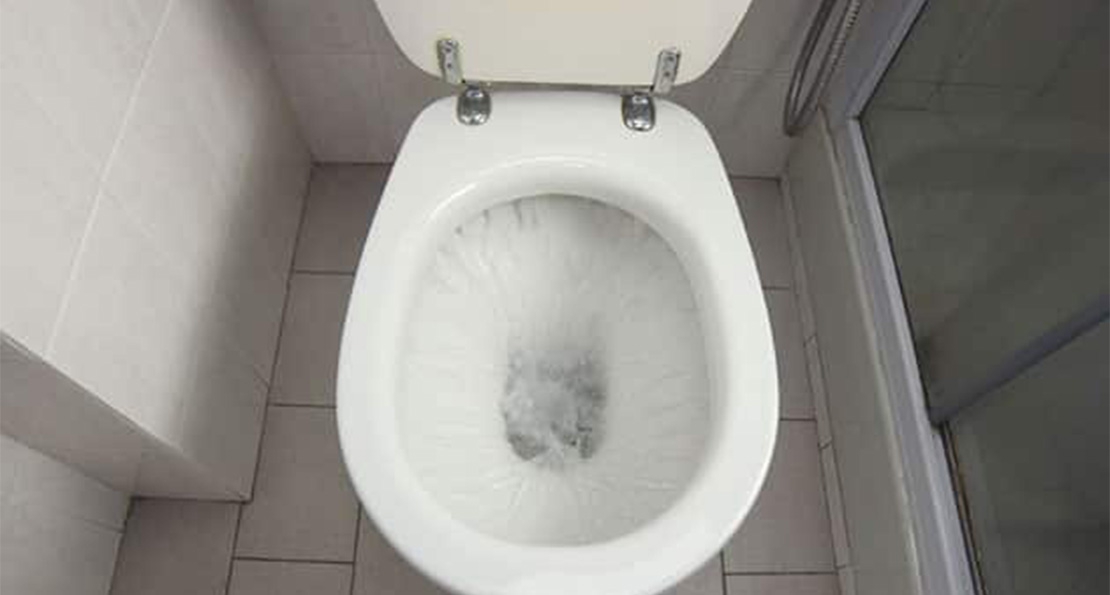In a perfect world, your toilet would never leak. Sadly, the world is not perfect, and toilets do leak. And when they do, it ain’t pretty. Toilet water damage can cost $5,000 and up (and that’s on top of the deductible). What’s worse is that one third of toilet catastrophes started with a clogged or overflowing toilet – something that can be easily avoided if proper toilet maintenance is performed.
What Do I Do if My Toilet Overflows?
- Adjust the float. If the toilet is overflowing not because of a blockage, then it could be that a simple float adjustment could save you from an overflow and toilet water damage. Lower or raise the float until the desired bowl fill level is reached.
- Don’t flush again. If your toilet is definitely clogged, avoid the temptation to keep flushing the toilet to see if the waste will go away.
- Try a plunger. If the toilet is clogged but not spilling water onto your bathroom floor, try dislodging the clog with a plunger.
- Turn off the water – pronto. If your toilet bowl is overflowing, then your first step should always be to turn off the water supply to your toilet. This knob is usually located on the wall near the base of the toilet, below the tank.
- Call a professional plumber to fix the problem.
- Call a restoration company to safely clean up any toilet water damage.
The next time you’re wondering “what do I do if my toilet leaks or overflows?” consult this handy guide and save your home from permanent toilet water damage.
Is Water Damage from a Toilet Covered by Insurance?
Well, it depends. Every insurance policy is different, but homeowner’s insurance usually will cover damage to your toilet and whatever water damages it caused to your home if the toilet water damage was sudden. Mold damage may or may not be covered, and you’ll still be responsible for paying your insurance deductible.
If your toilet backup was caused by a clogged sewer line, however, your insurance will likely not cover the damages unless you have a policy that supports sewer backups.

How Can I Avoid or Reduce Toilet Water Damage?
- Check after you flush. If you suspect that your toilet is clogged, simply wait a few seconds after flushing to see if the bowl refills all the way – or too much. If the water keeps rising, reach inside the toilet tank and lift the float. This will stop the water flow and avoid any toilet water damage. Then, turn off the water supply valve at the base of the toilet.
- Perform bi-annual maintenance. Check the supply valve, flush valve, fill, chain, and other components to make sure they are working correctly. Make sure you know how to turn off the water supply.
Is Toilet Water Dangerous?
The short answer? Potentially. If your toilet overflows and contains any raw sewage or fecal matter, then you should not touch it without wearing proper protective clothing. Toilet water that has soaked into your carpets or flooring is considered a biohazard because it is full of microparticles that could quickly develop into mold or fungus if not properly sanitized. It is typically necessary to remove carpet that has been exposed to toilet water altogether.
Instead of trying to handle toilet water damage yourself, leave it to the professionals, like your local water damage repair company. They’ll have the proper sanitation chemicals to ensure that your house doesn’t develop mold and that your hardwood floors aren’t ruined forever.
Reference: tscrestoration.com



